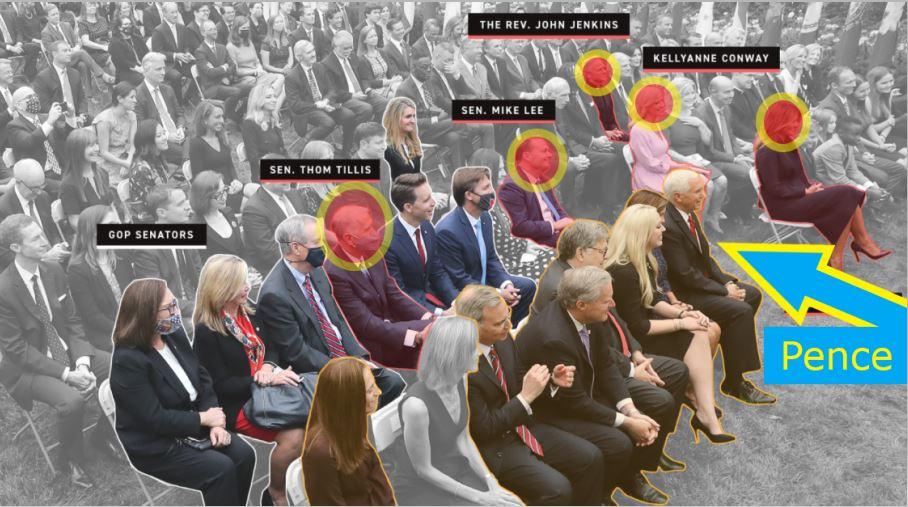JOAN ROELOFS
CounterPunch
April 20, 2012
Zbigniew Brzezinski in The Grand Chessboard (1997) noted that “Cultural domination has been an underappreciated facet of American global power.” United States philanthropic foundations skillfully applied this weapon during the Cold War. If we define this war as a conflict between two ways of organizing societies, capitalist and socialist, we can see how broad were the fronts and diverse the weapons. We may also conclude that the Cold War is not over; targets such as Cuba, India, and Nepal are still under attack, and the small news we receive from Eastern Europe suggests considerable activity in the trenches.
Knowledge networks created in the service of American global hegemony are the main subject of Inderjeet Parmar’s book Foundations of the American Century: The Ford, Carnegie, and Rockefeller Foundations in the Rise of American Power (Columbia University Press, 2012). These, he argues persuasively, promote technocratic capitalist economics while failing to eradicate poverty. His focus is on the “big three” foundations: Ford, Carnegie and Rockefeller, traditionally the ones most active in foreign policy. Even given this limitation, the title and introduction are somewhat misleading, as only a slice of their activity promoting U.S. power in the world is discussed.
Nevertheless, the sponsorship of university programs and institutes, think tanks, and government policy agencies (and promoting links among them) worldwide has had dramatic results, as “intellectuals” are crucial to the support or overthrow of regimes (note Crane Brinton and Antonio Gramsci). Networks funded by foundations can offer status, wealth, travel, an exciting collegial atmosphere, or simply provide a living wage to those who wish to become or remain intellectuals. Failing to obtain this recognition may doom one to obscurity and/or poverty. “Intellectual” in the broadest sense includes teachers, professors, administrators, public policy specialists, activists, non-governmental organization staff, as well as artists, writers, philosophers and other cultural workers.
From the other side, journalists and politicians gain credibility by relying on the supposed “impartial, nonpartisan, scientific” publications and spokespeople of think-tanks—often the only source of policy ideas.
Parmar documents his theme in great detail:
The modern foundation mediated between the modern university and the state and between universities and big business. The foundation organized crucial state agencies, international corporations, and the universities behind a hegemonic project of domestic federal-state building and U.S. global expansion: Progressivism and imperialism went hand in hand (p. 66)
In addition to the incorporation of elites, mass public opinion and propaganda were not neglected by the foundations. Before and during World War II, The Rockefeller Foundation funded Princeton’s Office of Public Opinion Research led by Hadley Cantril, to enhance the “case for belligerence and to crush the case for isolation and neutrality.” “The U.S. Army. . . even went so far as to open an office at Princeton. . . a ‘Psychological Warfare Research Bureau.’” (p. 81)
The Emergency Election Sale is now live! Get 30% to 60% off our most popular products today!



